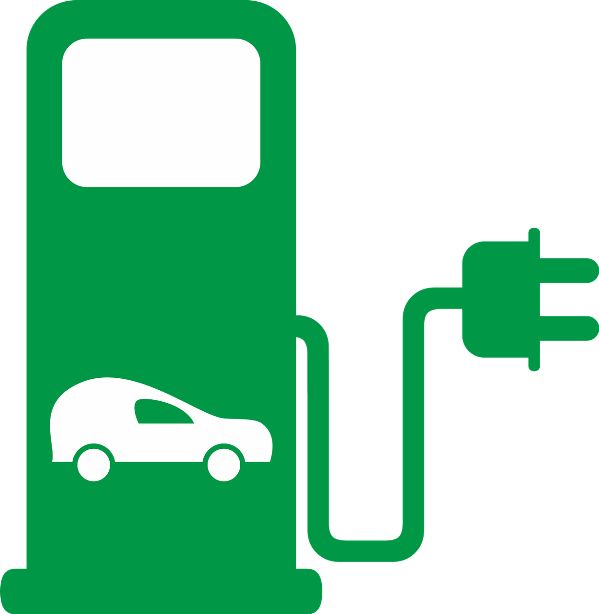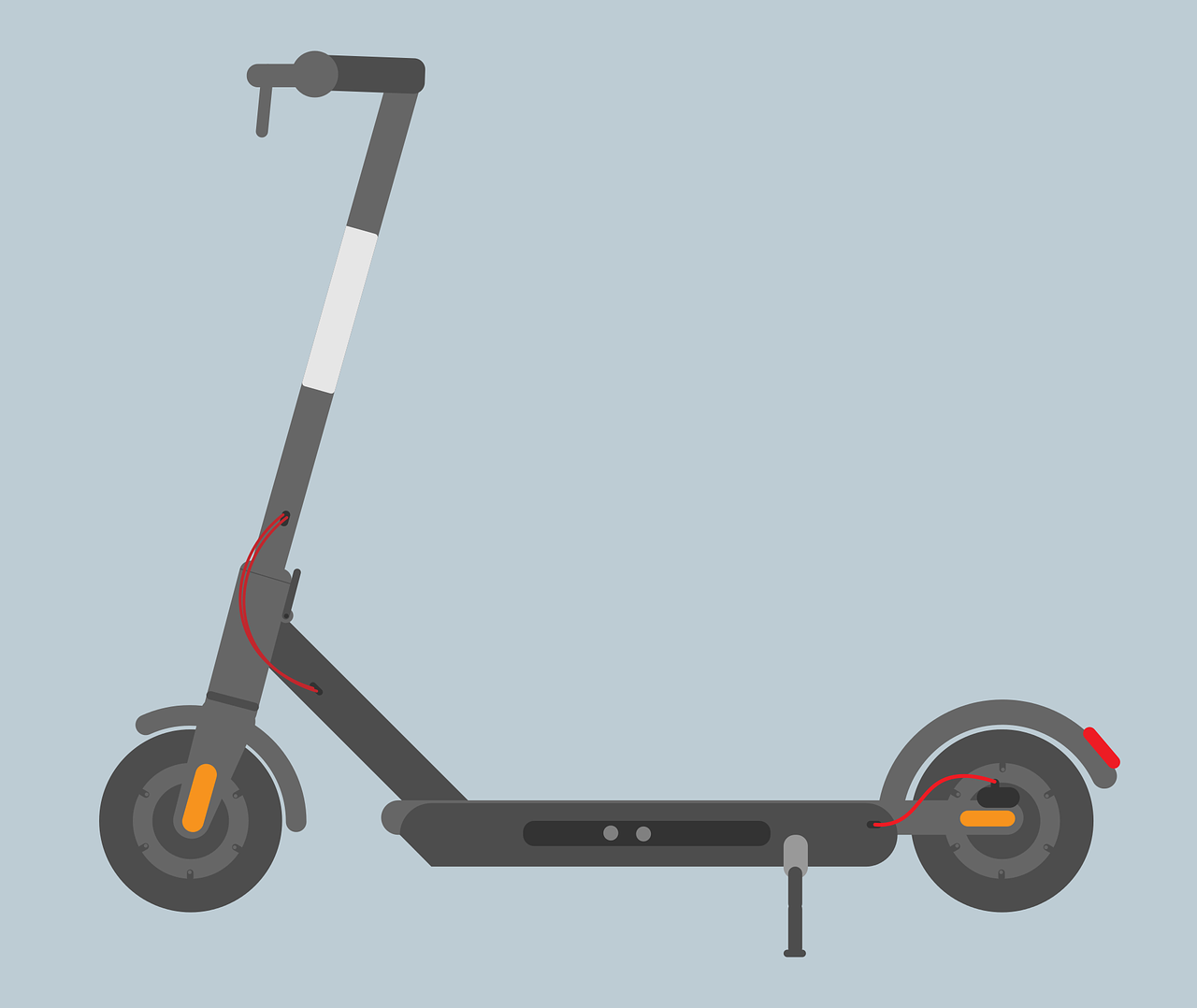Zoox is all set to change urban commuting with its robotaxis
With climate change assuming a more important place in nations’ list of concerns, governments across the world are pushing for technologies that can curb or end exhaust pollution. The change is in stark contrast to the time when vehicles powered by petrol and diesel ruled the roost. Moreover, the shift in priority has also paved the way for autonomous or self-driven vehicles to carve a niche for themselves. The fact that they can be used to solve the problem of parking in busy cities struggling for space and reduce fatalities on roads only helps their case. The interest follows a series of launches not only by automobile majors but startups as well. Joining the fleet of startups entering the autonomous vehicle segment, Zoox has made a mark for itself with its robotaxi. The company is head by the entrepreneur duo Aicha Evans and Jesse Levinson, who are its CEO and CTO respectively.

Zoox finally unveiled its robotaxi after a six-year struggle with challenging prototypes and a launch that was shrouded in secrecy. The launch comes shortly after Jeff Bezos-led Amazon bought Zoox in June 2020. The robotaxis shares some of the standard features that are a part of most modern-day autonomous vehicles launched over the years, it does have its share of surprises that have helped it gain traction globally. Moreover, it has an overall finesse that makes it a fitting cornerstone of Amazon’s autonomous ride-hailing service. The electric four-wheeler sports an autonomous carriage-style look that can accommodate four passengers. When it comes to appearance, it looks pretty similar to the self-driven vehicles launched in the sector.
The company has claimed that the reason why it decided to foray into the sector was because of its commitment to making roads safer for motorists and pedestrians. More than 40,000 people die in road accidents every year in the US. The figure presents an alarming picture of how safe human-driven cars are. The Zoox team has said that the reason why it started from scratch was that it wanted every component of the car to be as safe as possible. Tasks such as driving, maintenance, charging and technical upgrades would be handled by the company, while its clients would just have to pay for the Zoox service.
The company’s approach to safety has been described as ‘proactive’, which represents a shift from the current industry standards. Zoox has adopted a ‘Prevent and Protect’ strategy towards safety. The robotaxi features innovative features like airbags which cushion the commuters’ chest, neck and head in a new way. There are several other features that make this self-driven taxi a safe ride. For starters, there are overlapping 360-degree sensors. These sensors enable the mechanism to scan the surroundings in real-time using an arsenal comprising radar, lidar and cameras. The cameras, radar and lidar overlap with sensor fields, hence giving the riders peace of mind.
These vehicles can look up to 150 metre away in all directions, including hard-to-spot corners. The feature means that Zoox robotaxis can spot an obstacle long before it comes close. Moreover, the system doesn’t just spot an obstacle, but it identifies them too. Zoox’s advanced perception software efficiently identifies pedestrians, road users, vehicles and motorists. The system uses machine learning to predict what pedestrians and vehicles will do next.
Another great feature of Zoox’s proprietary computing system is that it compiles the data and guides the robotaxis so that they can safely maneuver their way through dense urban roads. Currently, the company is plying completely autonomous taxis in Las Vegas and San Francisco. These taxis negotiate their way through gnarly turns and unprotected lefts and rights with as much ease as they navigate their way through construction zones and complex parking systems. These vehicles are built using a powerful computing system using Zoox’s proprietary software and they drive in pre-demarcated areas using a semantic geometric map.
Zoox’s autonomous driving systems are assisted by ‘TeleGuidance’, which helps these robotaxis navigate through ‘edge cases’ or complex driving situations. These self-driven taxis learn from such experiences and then go on to require less assistance while dealing with similar situations in the future. Zoox also rigorously tests and validates its software using simulation before implementing it in their vehicles.
Next, the airbags in the robotaxi adopt a unique approach and offer protection in a radical manner. The car comes with an equal quantum of crash protection for all passengers. This is unlike other cars which accord a five-star crash rating only for those sitting in the front seats.
Lastly, these robo-taxis always keep a backup. The Zoox powertrain and battery are designed to get rid of every single point that might lead to failure. Even if something does go wrong, the vehicle’s bidirectional steering system ensures that there is always a backup. In the future, the company plans to provide mobility-as-a-service solutions designed for dense urban areas. The company is focussing on testing its vehicle on public as well as private roads.



